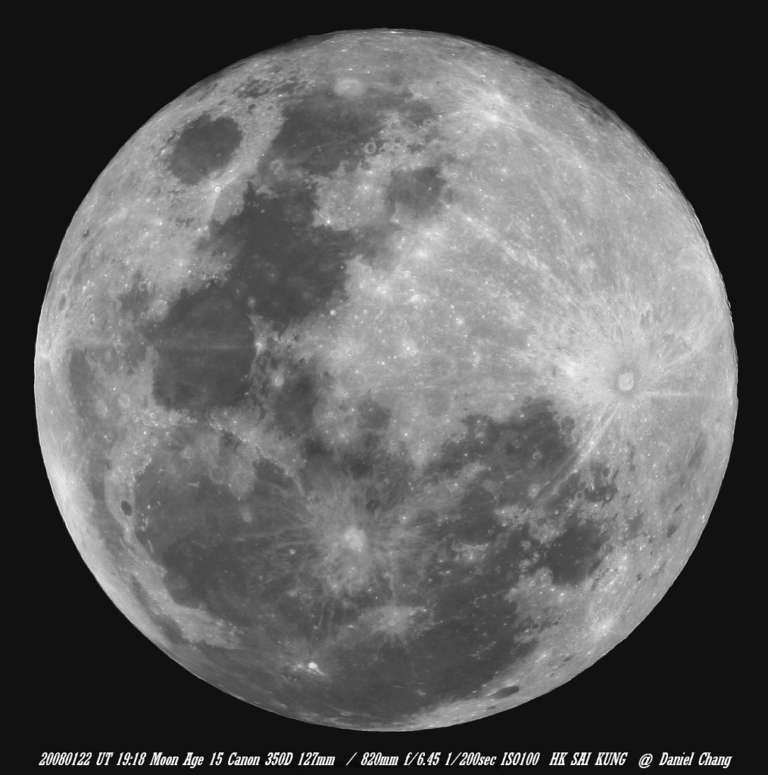Ted Stryk • Mar 10, 2011
LPSC 2011: Day 3: Moon, Mars, and Venus
Wednesday, March 9, at the 42nd Lunar and Planetary Science Conference included sessions on Martian sediments; Deep Impact's Hartley 2 flyby; the lunar crust; impact experiments; and Venus science. I'm thankful to Ted Stryk for sending me his notes on a variety of these topics as well as hallway conversations; I'll be posting more notes from the Hartley 2 sessions later today. --ESL
Wednesday morning included some interesting conversations. Notably, I spoke with Pamela Gay, who is responsible for the MoonZoo citizen science program and who is presently working on developing a site through which the public will be able to help search for potential Kuiper belt objects for the New Horizons mission to encounter after the Pluto flyby. The region of the sky through which New Horizons will be flying through is packed with stars [because it happens to be in the direction of the center of the Milky Way galaxy], automated attempts to search for moving objects that might be Kuiper belt objects are plagued with thousands of false positives, making human eyes extremely useful as search tools. There is not time for the science team to examine all the images on their own; a citizen science program will potentially allow an army of volunteers to contribute to the search.

Another talk of interest, given by Tomoko Arai and using Kaguya data, proposes that the lunar crater Copernicus may have punctured through to a significantly different layer of rock buried under the lunar surface and may have completely punctured the mare lava flows to the anorthosite-rich rocks underneath. It is consistent with ejecta from the gigantic Imbrium basin (which underlies Mare Imbrium). This work is based on detections of very different rock compositions via multispectral imagery. Impact craters serve as sloppy coring drills that dig into the surface of a world and reveal what is underneath. Since much of the Moon has been covered by later impacts and lava flows, this window under the lunar surface created by the relatively young Copernicus crater is very valuable.
The next presentation was by Roberto Bugiolacchi on his infrared studies of the crater Aristoteles. He mentioned in his opening that he had also studied Copernicus and that his work reached the same conclusions as were reached using the Kaguya data. His work focused on trying to identify what the Aristoteles, in the lunar north, had uncovered.
I was slow getting back from lunch, so I only caught the end of Ray Arvidson's update on the progress of the Opportunity rover. Multispectral studies of the rays of Santa Maria have been fascinating, showing a diverse, interesting collection of rocks were dug up by this impact and scattered out in its rays. Opportunity now has over 26 kilometers on its odometer.
Johannes Brückner made an interesting comparison between the Martian soils at Gusev (where Spirit landed) and those at Meridiani (where Opportunity landed). They are similar in ratio of magnesium to silicon and aluminum to silicon. This is evidence of global aeolian (airborne) transport, since the sites are on opposite ends of the planet and geologically very different. The sulfur content is also similar. The only difference is the iron concentration because iron is too heavy for the Martian winds to transport. The composition of spherules, which are too large to transport by wind, showed greater variation.
I then went to catch some Venus talks. Sasha Basilevsky presented mosaics created from the Venus Express Venus Monitoring Camera (VMC) 1-micron thermal images. The scattering by the by atmosphere makes the images blurry, but high altitude areas are clearly darker than lowlands because they are cooler. Looking at the tessera (large, complex ridged regions unique to Venus), the brightness/altitude relationship is different than that of the ordinary surface. The results indicate that the tessera are mineralogically different from the plains. There is also evidence of rough surfaces near volcanic peaks.
Martha Gilmore presented Venus Express VIRTIS results looking at 1 micron emissions from Alpha Regio. She examined the idea that it might be some type of granitic material. Alpha Regio and the other tessera regions have anomalously low emissivity. It is great enough that it could not be a result of an error in elevation measurement (a small drop in apparent emissivity might be simply due to the region being at a slightly higher altitude than thought). This could be explained by felsic composition (granites, anorthosites), ultramafic (high Mg/FE) rocks, or highly oxidized mafic composition. [Here's more information on what felsic and mafic mean; the key fact is that felsic rocks are rare in the solar system, widespread only on Earth, a product of its long geologic history; so if they're widespread on Venus, too, that's news. --ESL] The variations within tessera, such as the fact that the western side of Alpha Regio shows a less-pronounced anomaly than the eastern side, indicates that some of this effect could be weathering-induced. All of this is based on the assumption that the tessera are composed of igneous rock. While these results clearly indicate that the tessera regions have a story to tell, clearly much more data is needed to reach solid conclusions about their true nature.


 Explore Worlds
Explore Worlds Find Life
Find Life Defend Earth
Defend Earth

